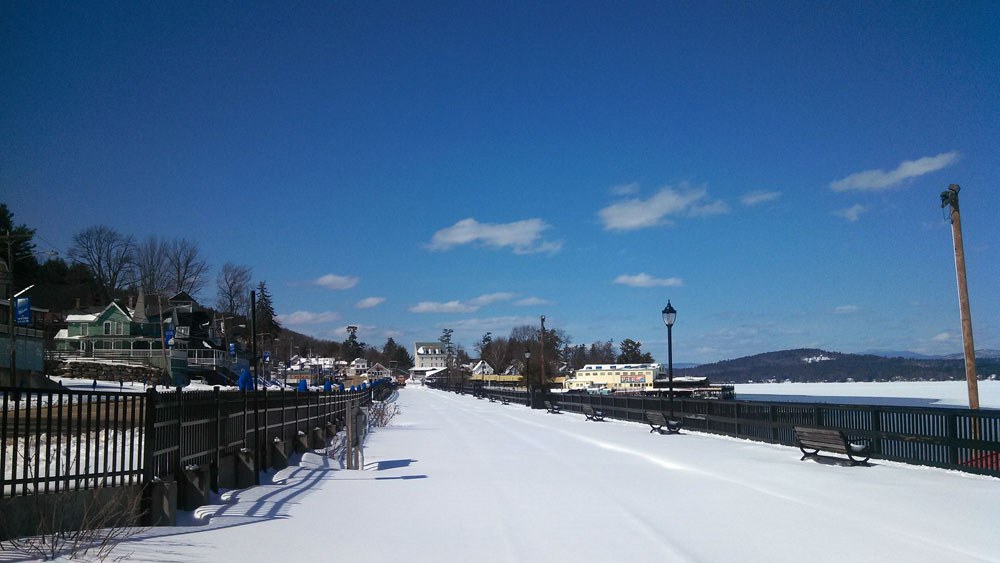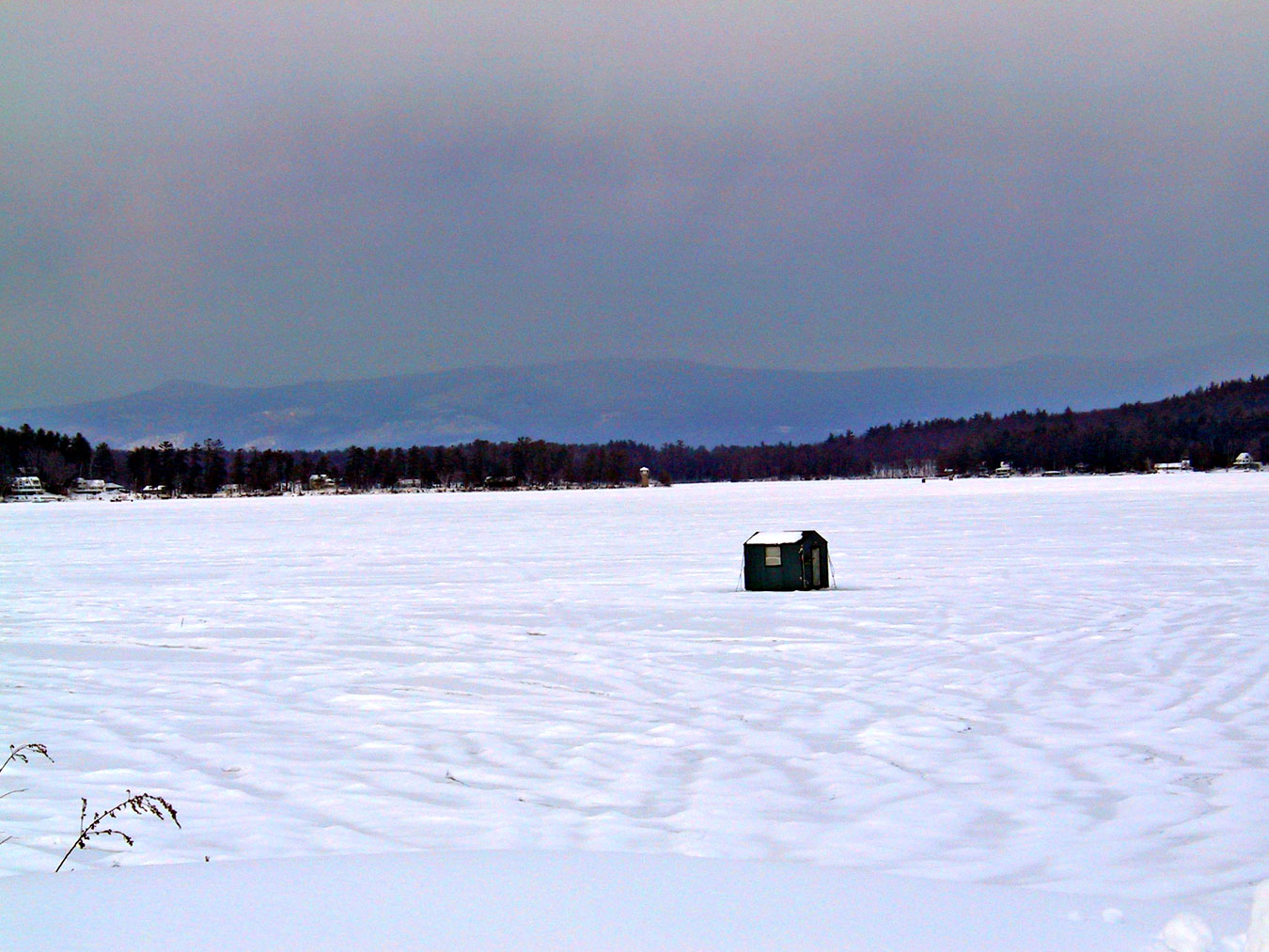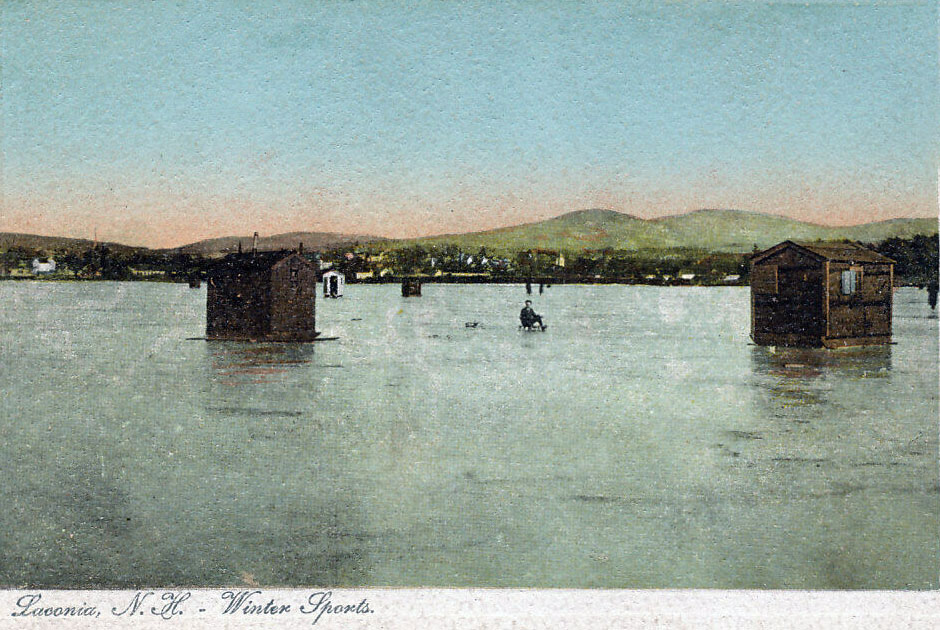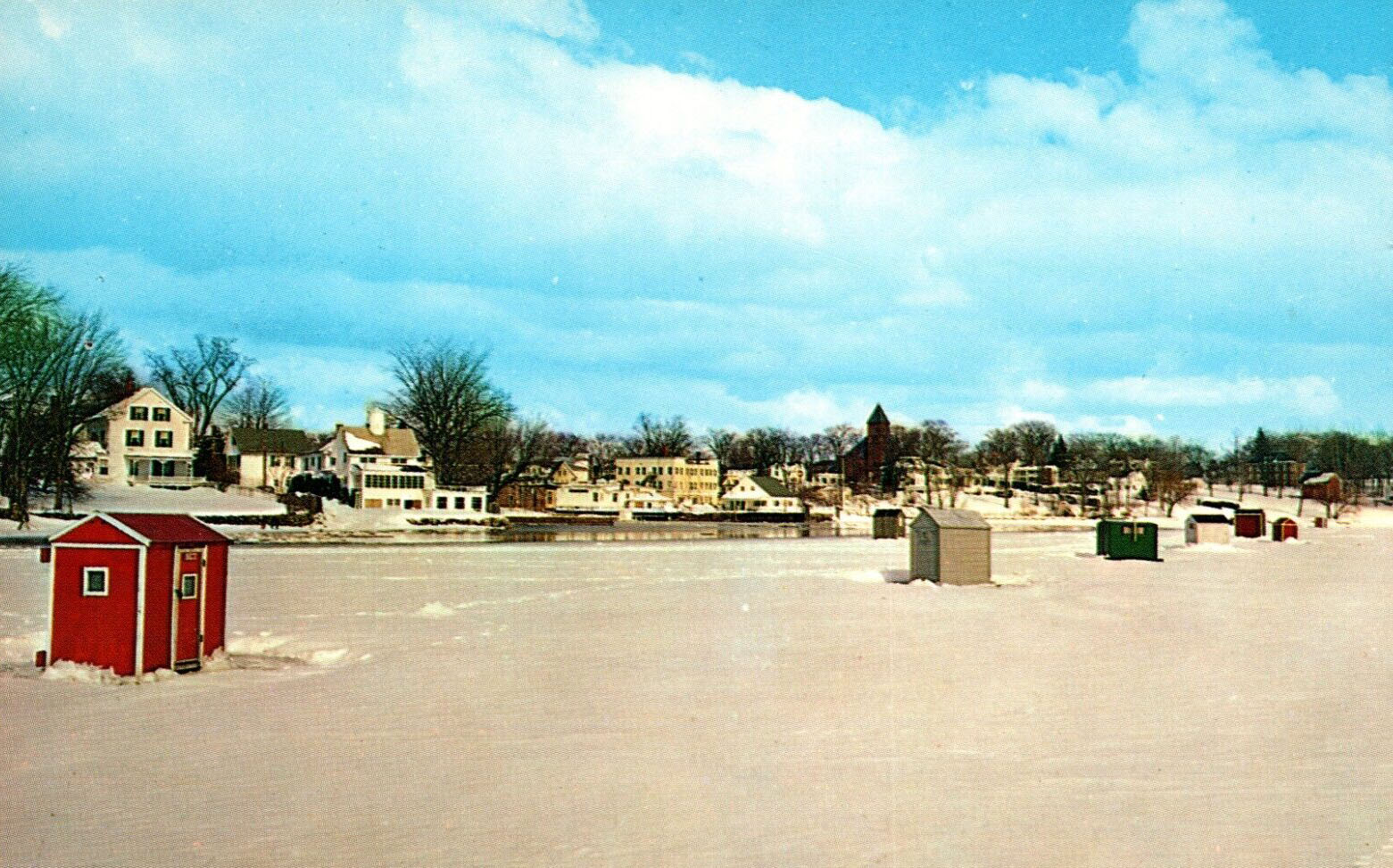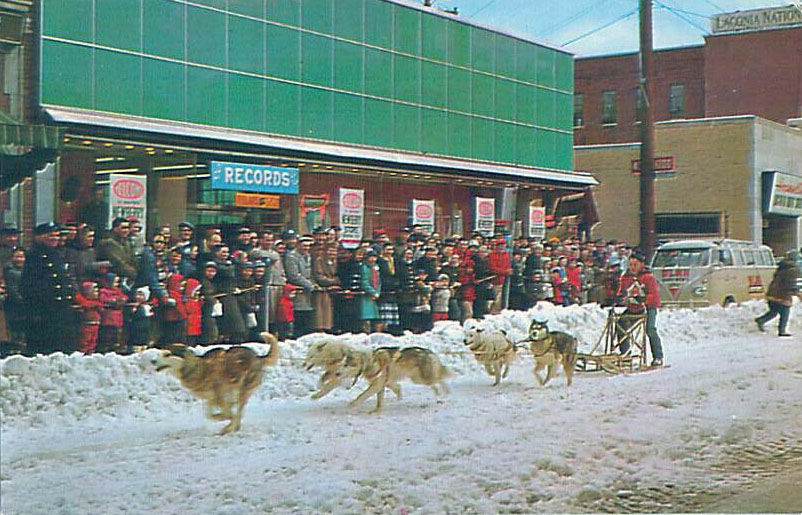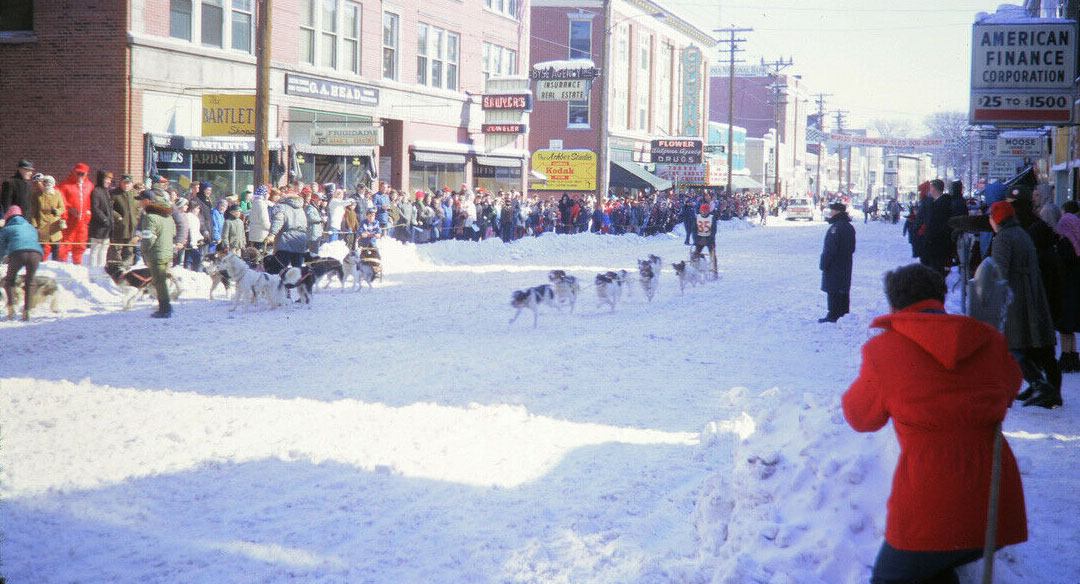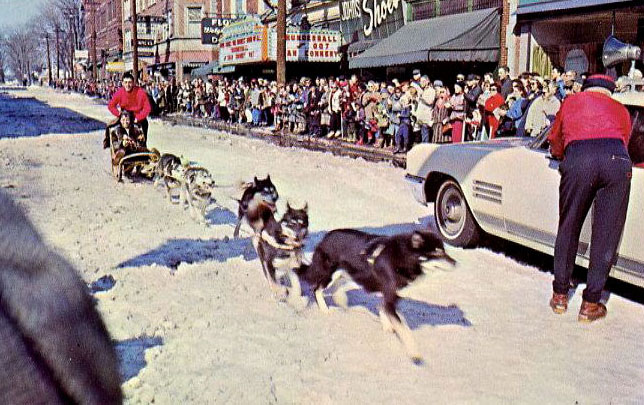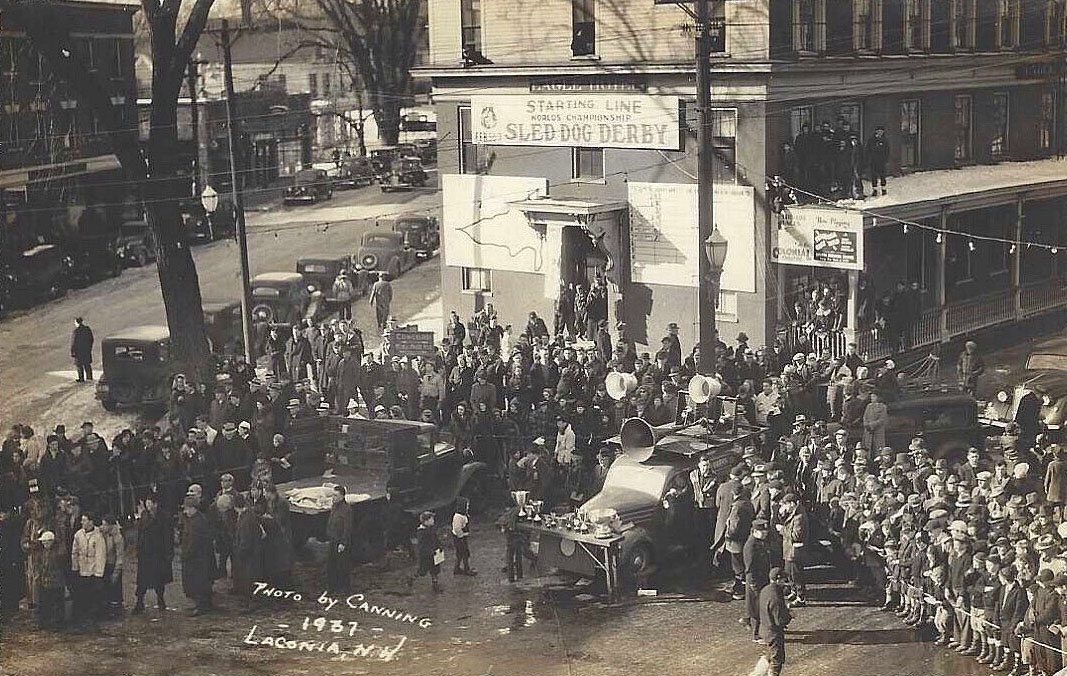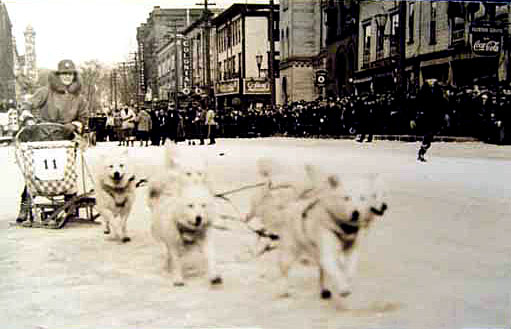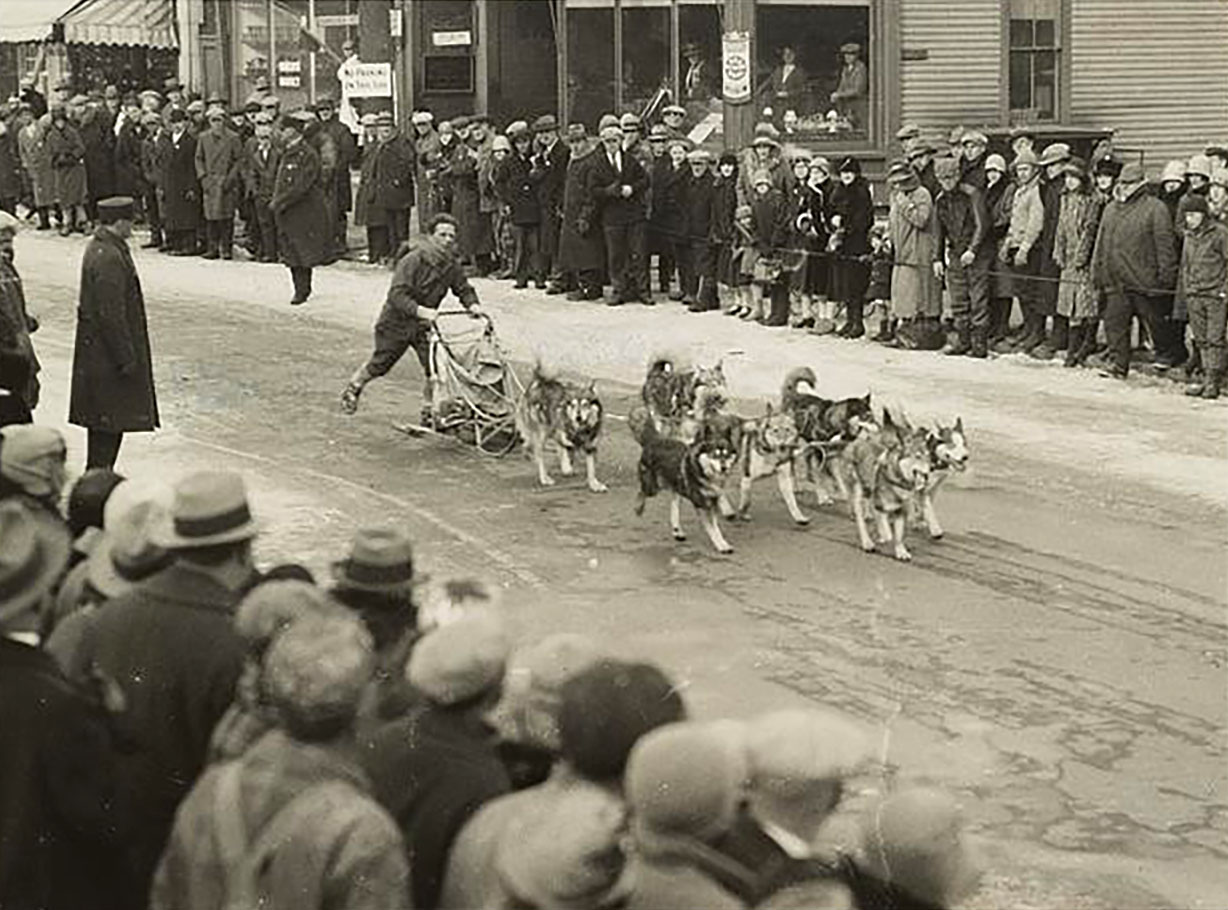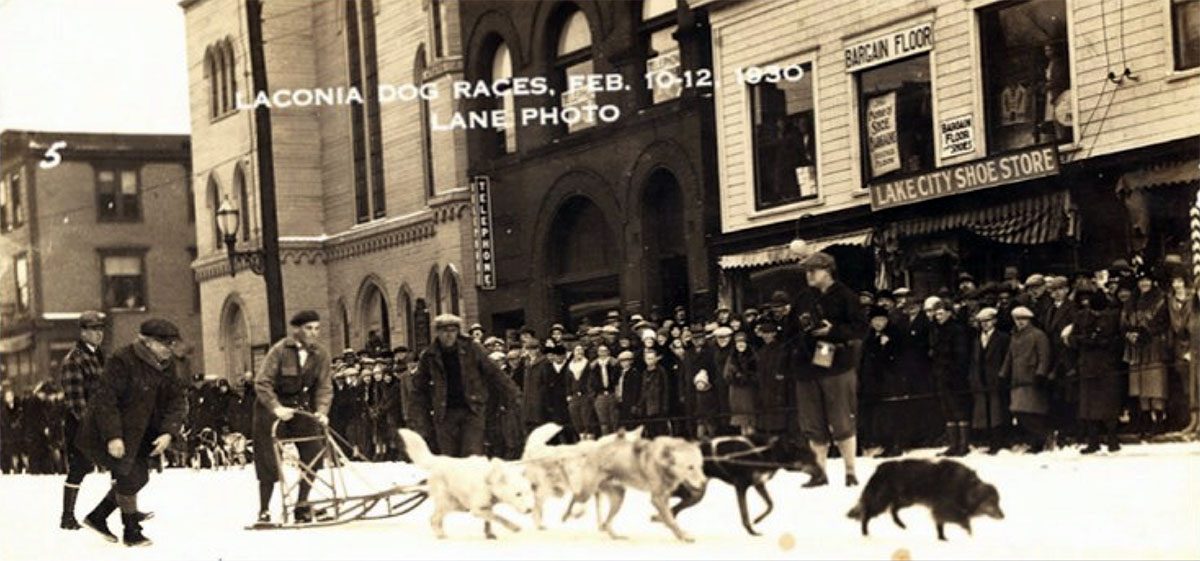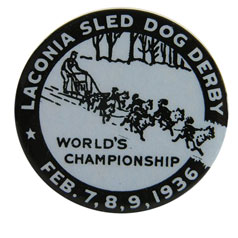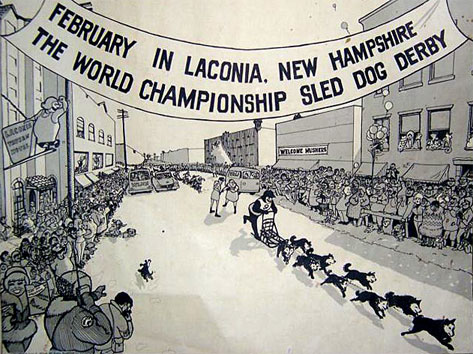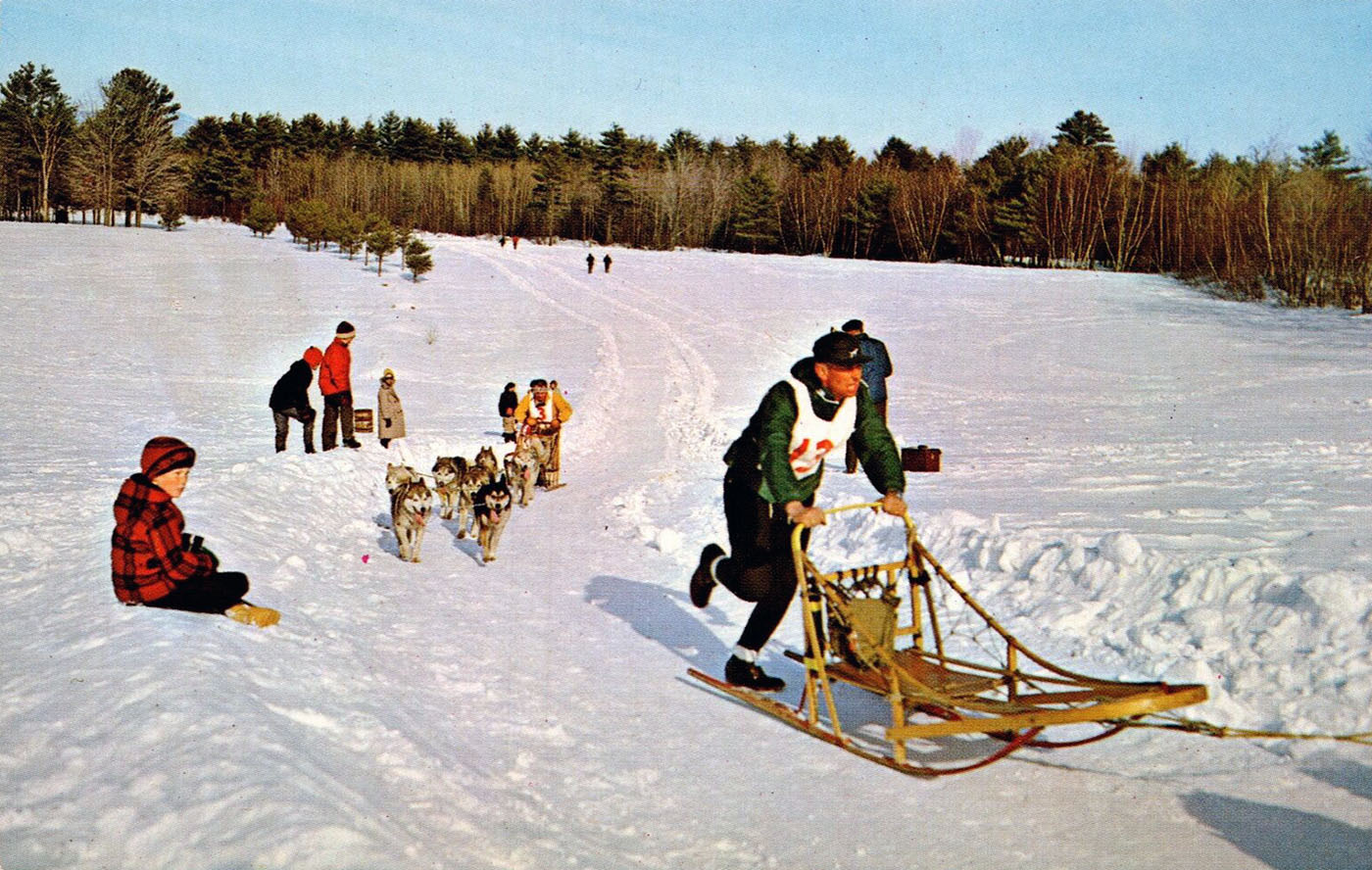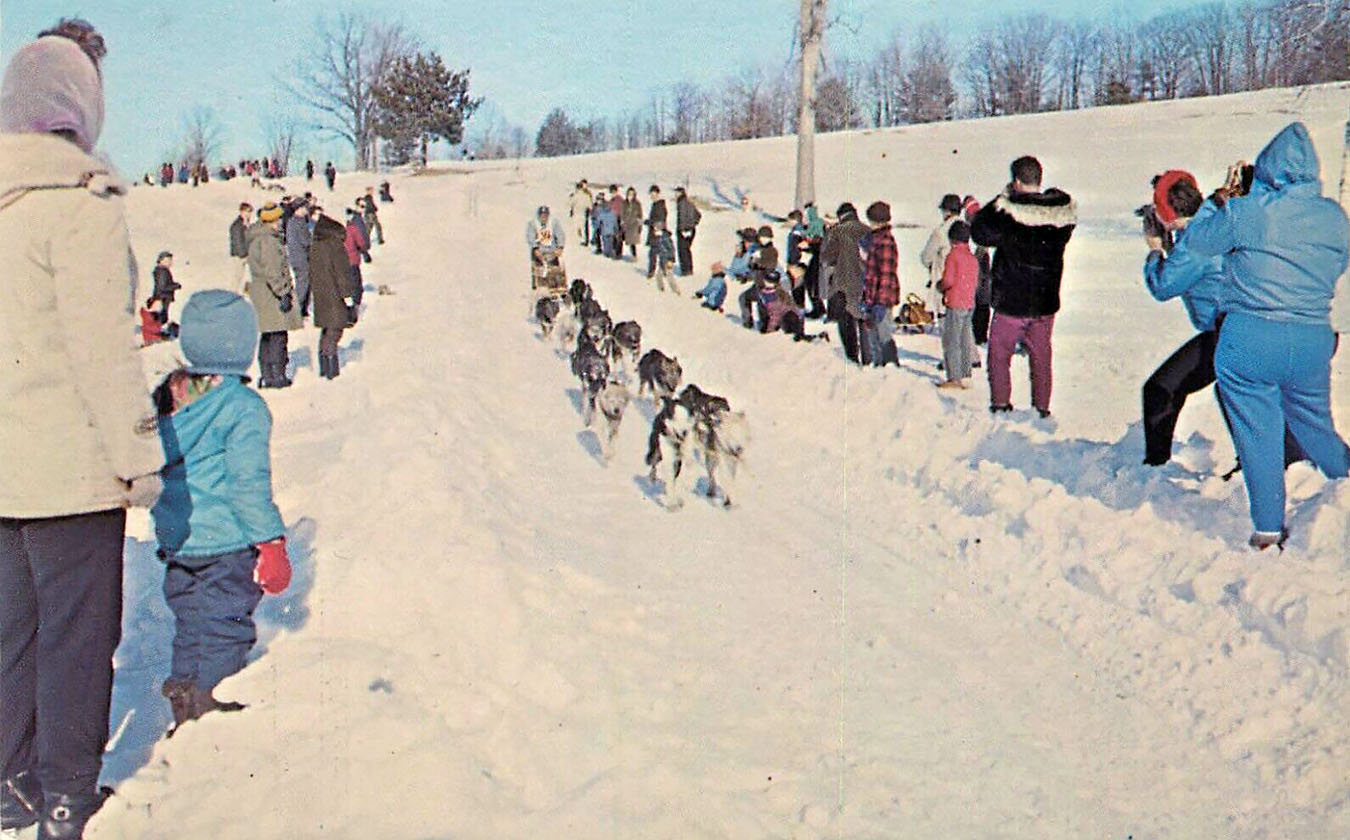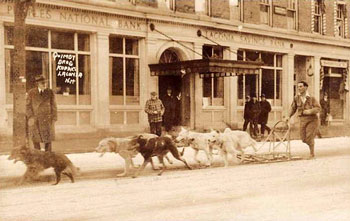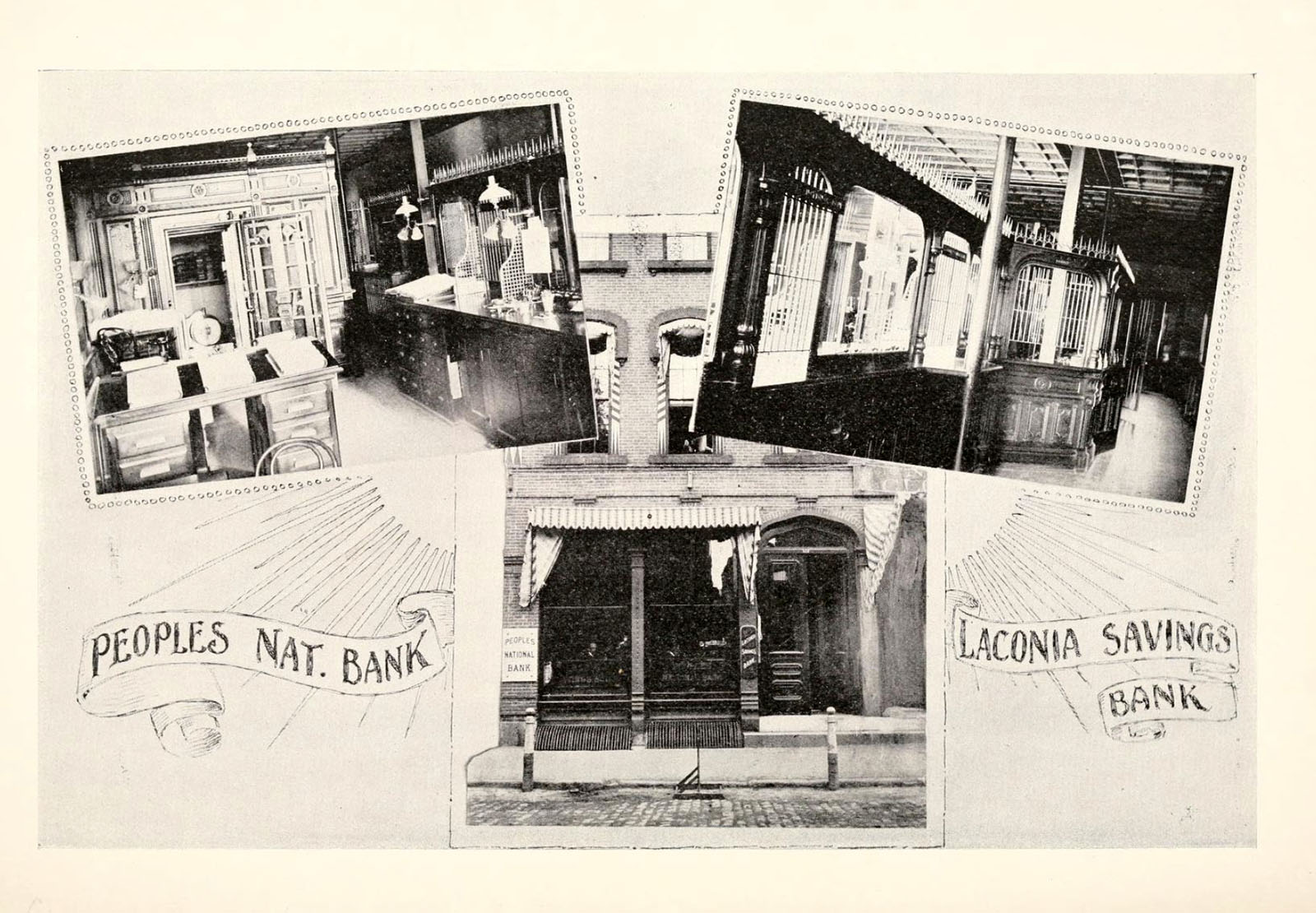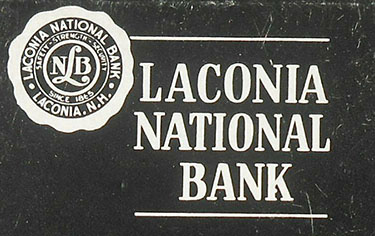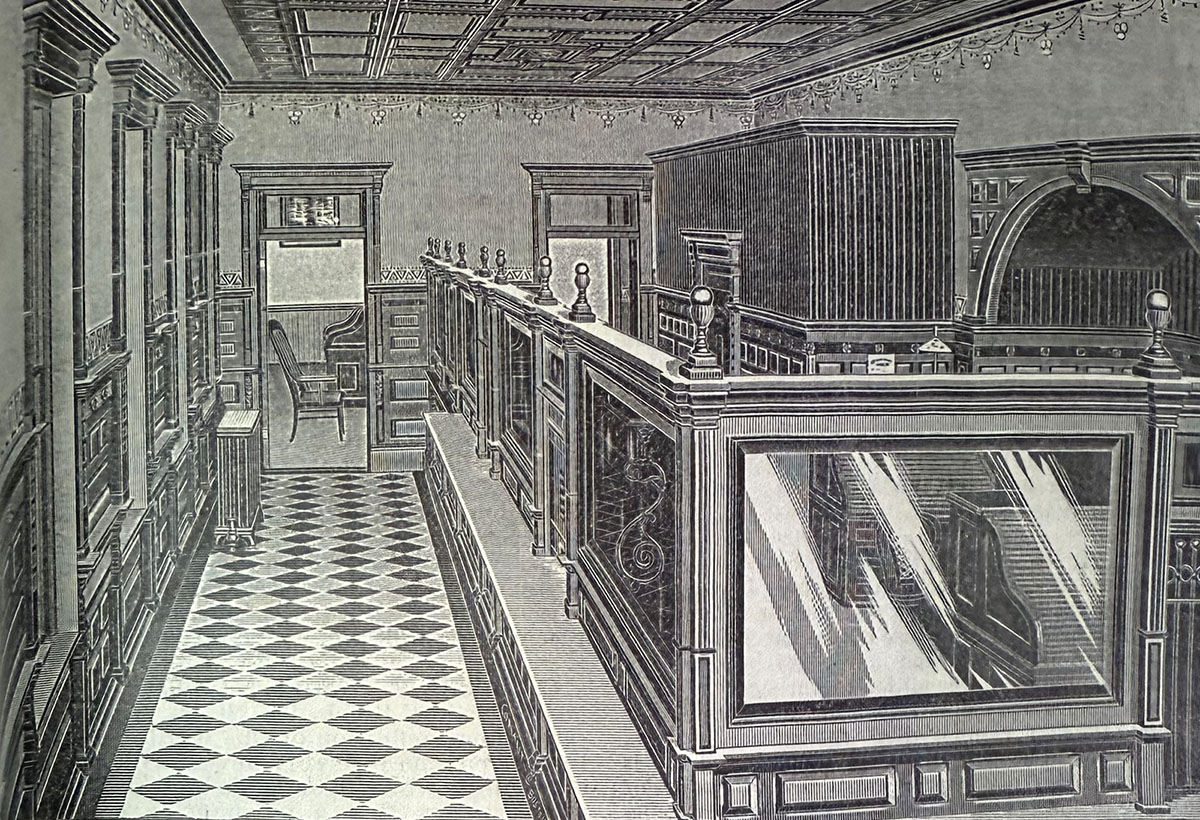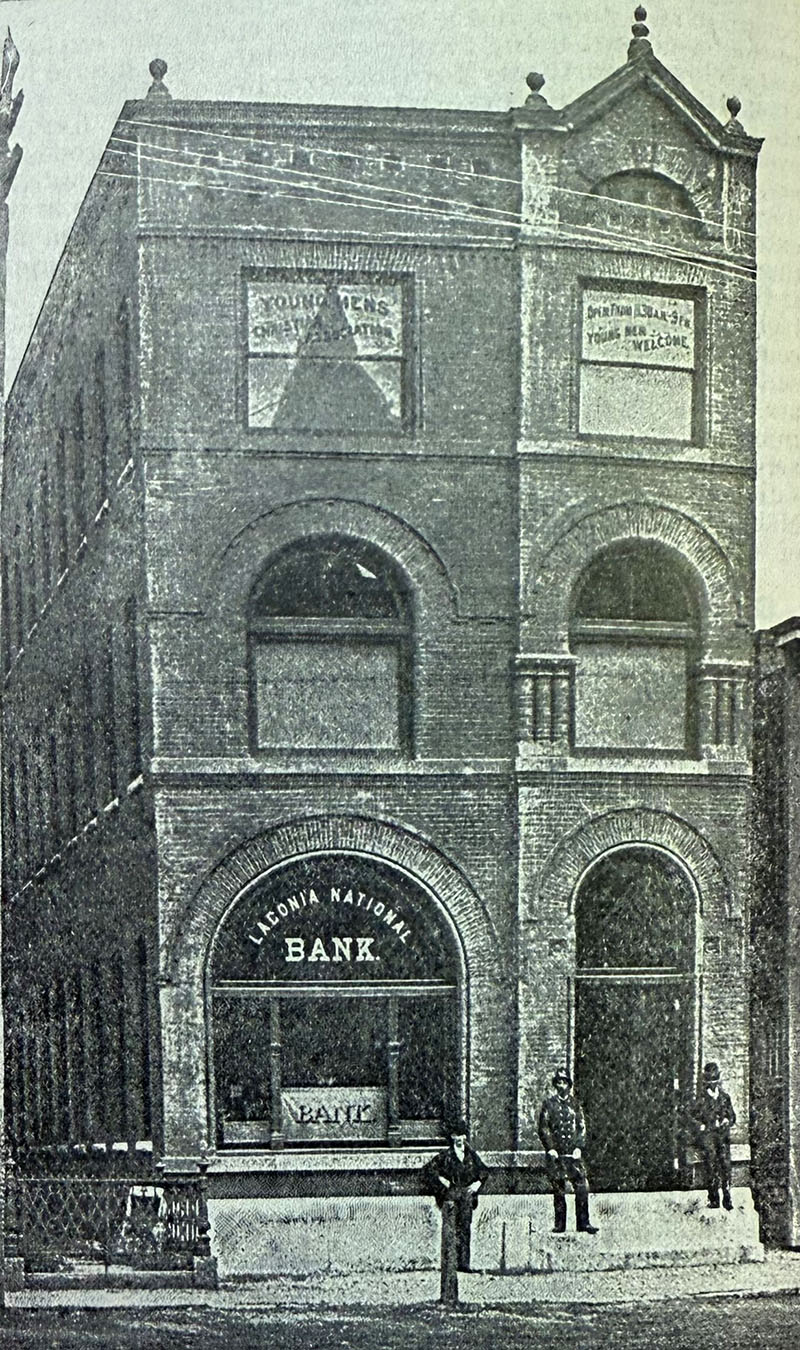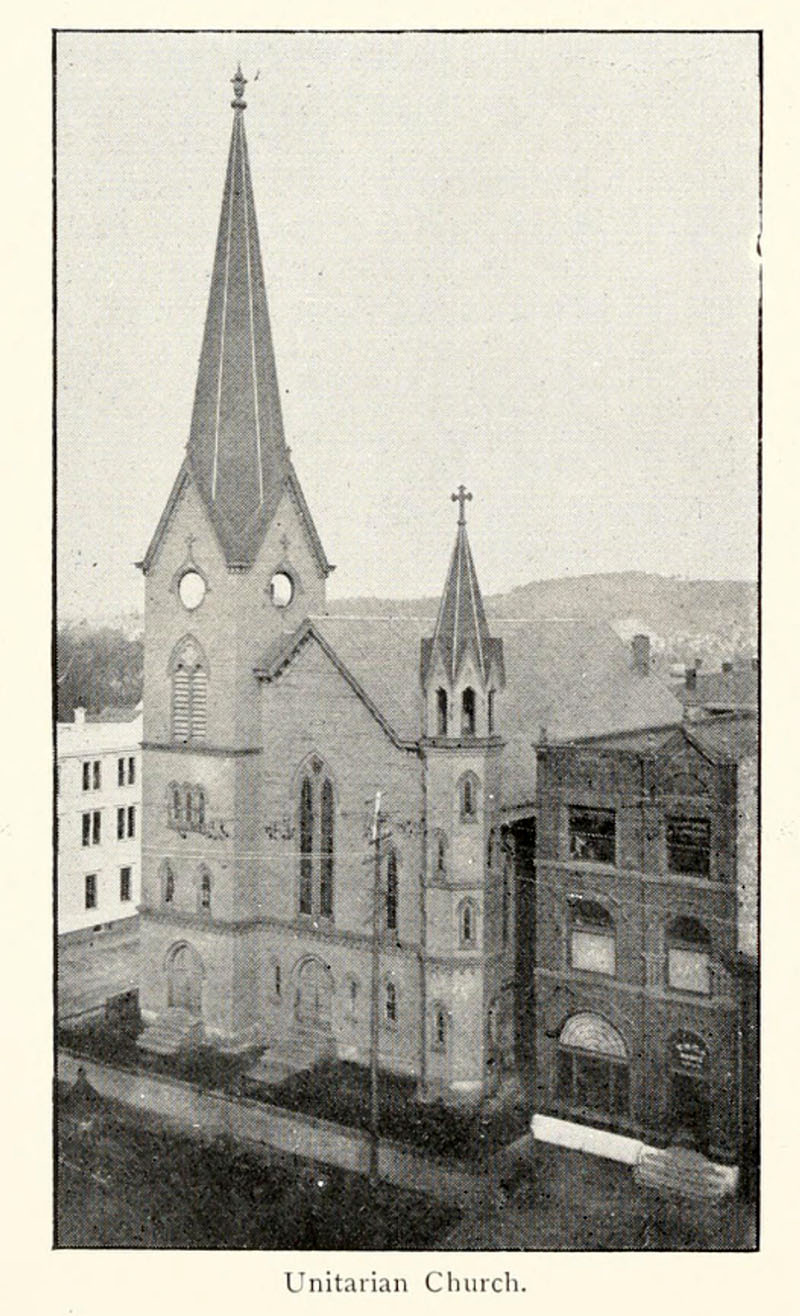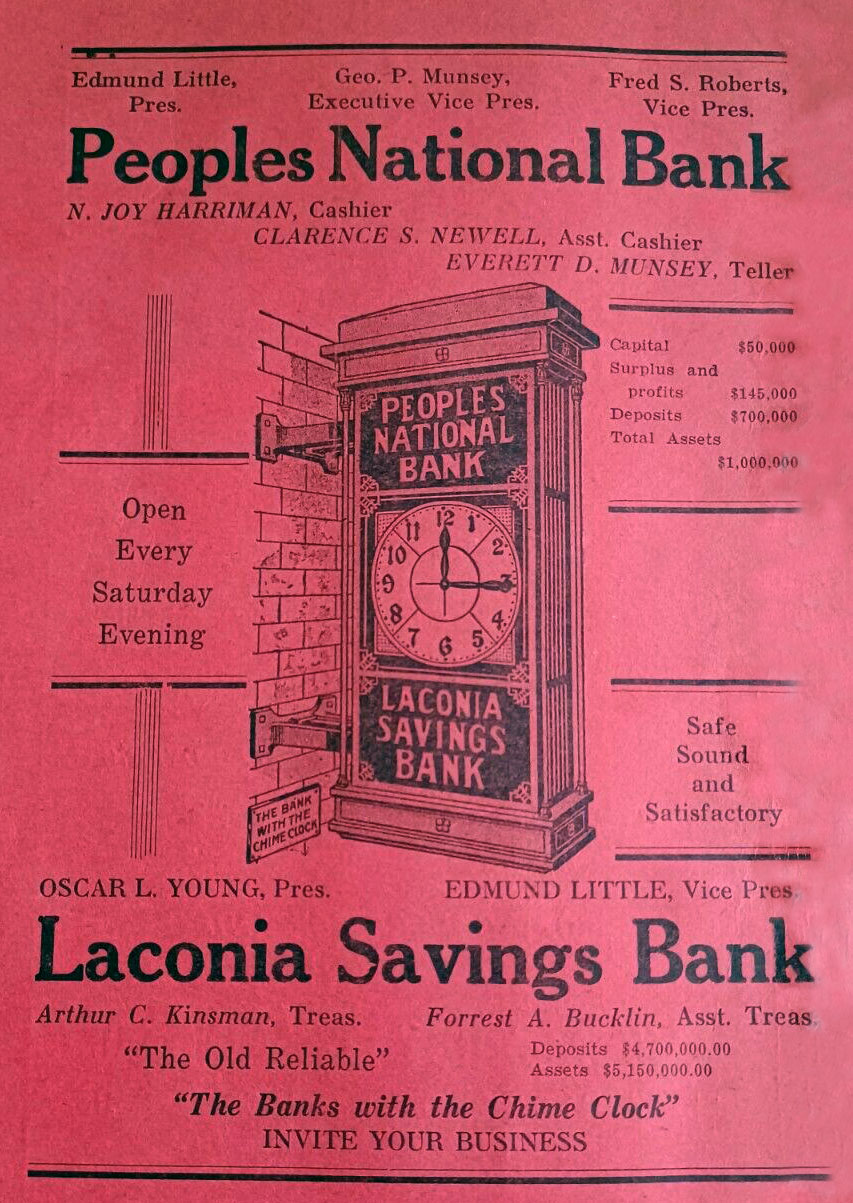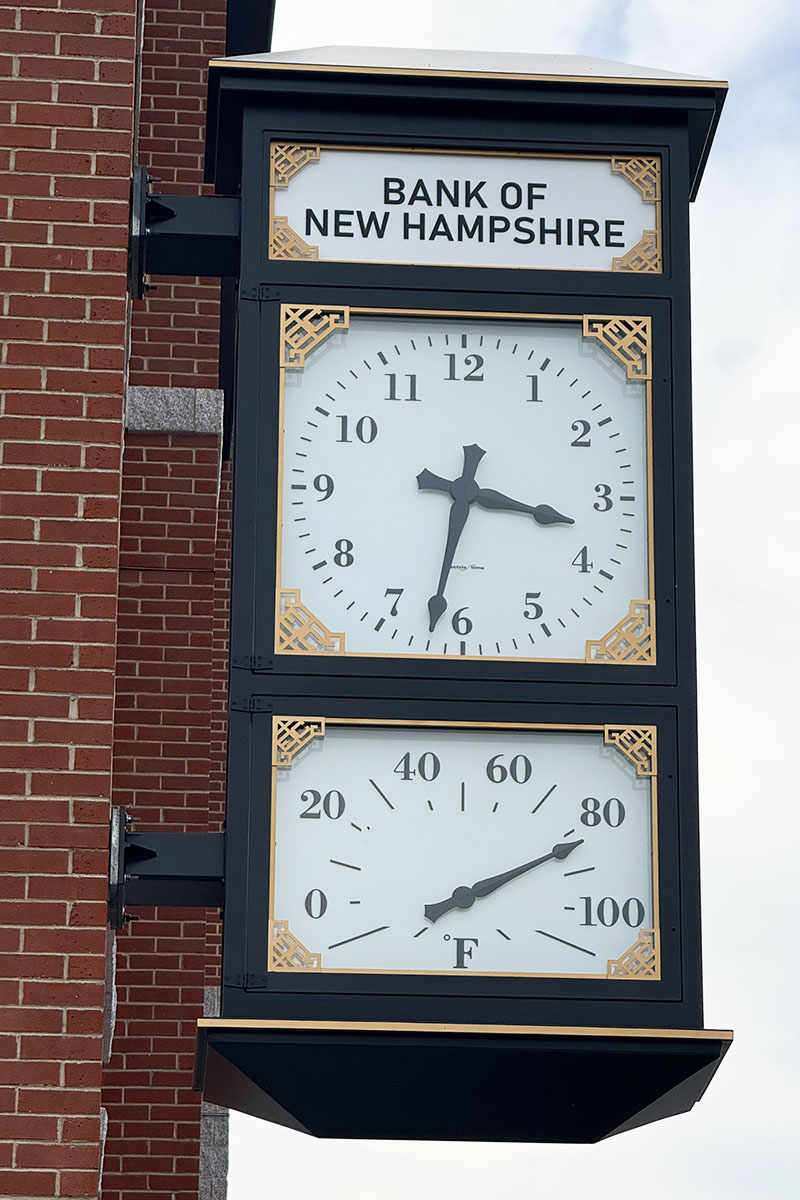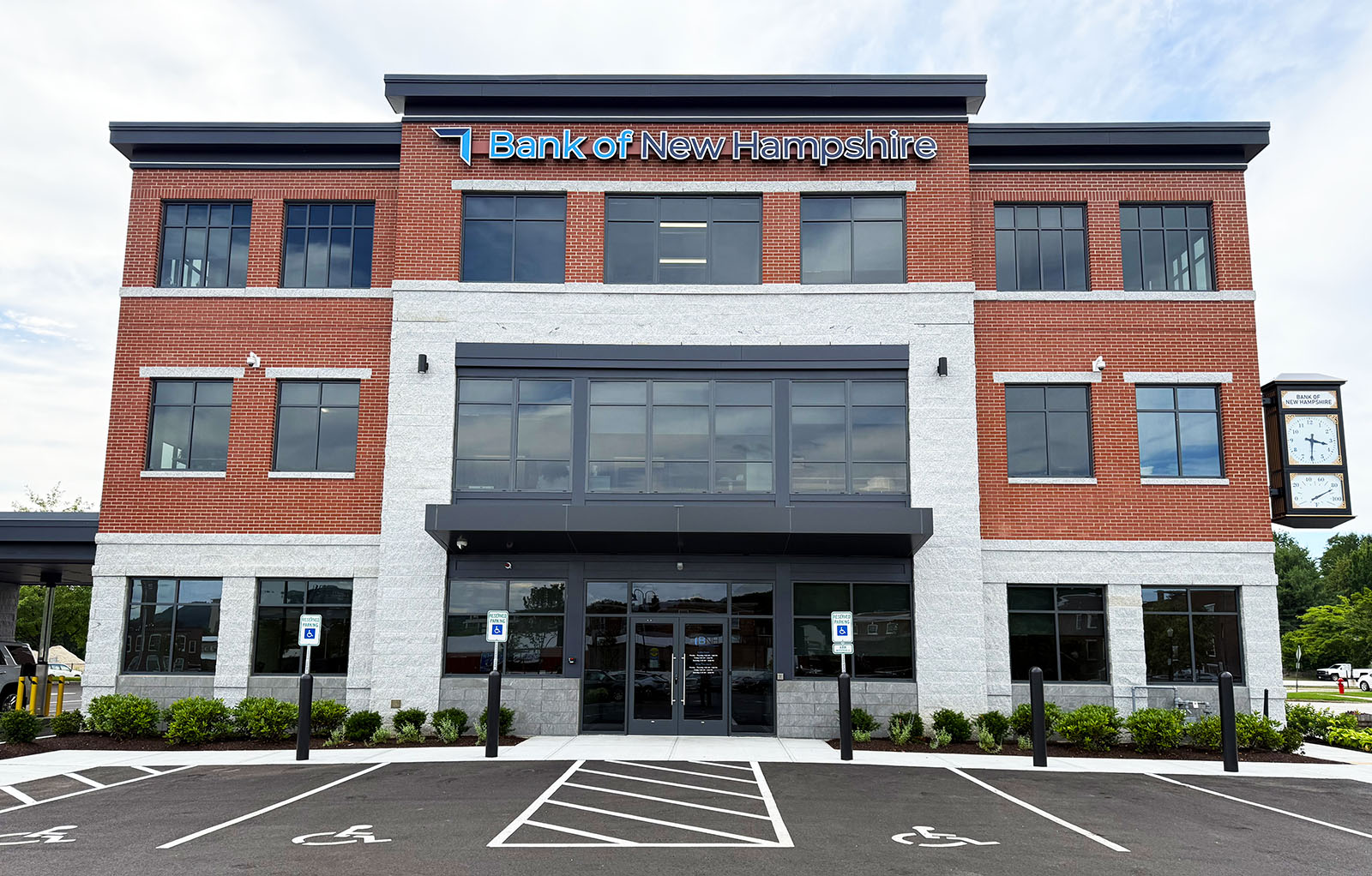Winter Events
What’s going on this winter?
In 2025, the Meredith Rotary sponsors the 46th annual Great Meredith Rotary Ice Fishing Derby on February 8-9. The Lakes Region Sled Dog Club hosts the annual Laconia World Championship Sled Dog Derby on February 21-23. The 16th Annual New England Pond Hockey Classic is scheduled for Meredith on January 31-February 2. These events require cold weather, ice and snow, so hopefully, they will be held every year, despite global warming. Good ice conditions (8″-16″ thick) are essential to the fishing and hockey events, while plenty of snow is required for the sled dog derby.
Fortunately, the fishing and hockey events both have alternatives in years of thin ice. The fishing derby is a statewide event, so even if there is thin ice on Lake Winnipesaukee, there will be many small lakes and ponds nearby with ice thick enough for fishing. And the hockey event has had an alternate location in Meredith, Lake Waukewan, that has been a reliable backup when Lake Winnipesaukee ice has been too thin.
The sled dog derby has been more prone to cancellation in warm years. There is just no substitute for a good layer of snow over frozen ground. However, unlike the ice-based, fishing and hockey events, which require a prolonged cold period for the buildup of thick ice, the sled dog derby can proceed if a last-minute cold snap and snow storm provides the requisite base.
The first sled dog race was held in 1929. Based on that starting year, this year’s, 2025 race is advertised as the “96th Annual”. However, that annual number is certainly not accurate, as there have been numerous cancellations over the years. Recently, the race was cancelled in 2021, 2023, and 2024. Due to incomplete records, the exact number of times this annual event has actually been held cannot be determined.
ICE FISHING – BY THE NUMBERS
The lake ice does not freeze to a uniform thickness due to areas with current, like inlets, outlets and springs. Therefore, one has to be cautious and know the areas to avoid before venturing out on the ice. Ice-claw type equipment and knowledge of the proper procedure to follow in the event one falls in is useful, but the best safety precaution is to always travel with a buddy.
Cars average around 4000 lbs. Class 1 trucks (light pickups) can weigh up to 6000 lbs.
According to the US Army Lab, the “rule of thumb” is 8″ – 10″ of hard ice for Snow Machine or All-Terrain Vehicle travel. However, ReadyNH.gov states that 6″ is the minimum for a snowmobile or an ATV, 9″ is the minimum for a small automobile, and 12″ is the minimum for a pickup truck or SUV.
8-12: is also the minimum thickness that was needed for harvesting ice from the Lake, when this was commonly done before the advent of residential refrigeration in 1927. Click here for an interesting webpage about the history of ice harvesting in Weirs Beach and Laconia.
12: the minimum thickness needed to operate the ice runway in Alton Bay that serves small, single-engine aircraft.
Sled Dog Racing
Sled dog racing down Laconia’s Main Street in the 1960’s (color photos) and in the 1930’s (black and white photos). Due to climate change, there is no longer enough snow to cover downtown’s Main Street, where the race originally started and ended. The race now starts and ends in a field off of North Main Street, between the Ahearn State Park entrance and Lake Opechee.
Leonhard Seppala finishing first on February 12, 1929. This was the second day of a three-day race, with each day’s run about 40 miles long. Seppala won the three-day inaugural race.
While sled dog racing began in 1929, 1936 was the first “World Championship” sled dog race. A pinback button is a common memento of the race. The 1968 winner, veteran musher Dick Moulton, covered it in a then record time of 1 hour, 8 minutes and 55 seconds. The race course is about 20 miles long. Typically, about 16 musher teams enter the traditional, 10-dog race.
History of Three Laconia Banks
The photo below shows sled dog racing down Laconia’s Main Street in the 1930’s past two local banks – Peoples National Bank, on the left of the photo, and Laconia Savings Bank, on the right. The two banks shared the same building, had a common entrance at 513 Main St., and even shared the inside lobby, with each bank using one side. They also shared a chiming clock, seen on the far left of the second photo, and in the program advertisement below. Laconia Savings Bank had been established in 1832 as Meredith Bridge Savings Bank, and had changed its name to Laconia Savings Bank in 1869. Peoples National Bank had been established in 1889.
The building in the photo was torn down in November, 1972 during the City’s Urban Renewal project. The two banks had already moved to new, nearby locations when the building was razed. The chiming clock was not saved.
Peoples National Bank had moved practically next door, to 587 Main St. The bank had merged on August 15, 1969, with a third, old-time Laconia bank, the Laconia National Bank (established in 1865), forming the Laconia Peoples National Bank. Laconia Peoples eventually became the Laconia branch of Citizen’s bank.
Laconia Savings Bank had moved to a 1-story building on Pleasant Street in 1971. The LSB headquarters building was expanded in 1991 with 2nd and 3rd floor additions and a glass atrium. In April, 2012, the bank renamed itself the Bank of New Hampshire. In 2023, the old LSB building was torn down to make way for a new BNH headquarters building, opening in the fall of 2024.
Below, the logo of the Laconia National Bank. The wording of the logo: “Safety • Strength • Security • Since 1865”.
Laconia National Bank advertisement, from the 1890 booklet, “Central NH and Its Leading Businessmen”. The graphic also appears in the 1893 booklet, “Illustrated Souvenir of the City of Laconia”.
An ad from the American Legion Post No. 1 program for the Armistice Day Celebration on November 11, 1927, featured both the Peoples National Bank and the Laconia Savings Bank.
The clock on the new BNH building. The clock was built by the Electric Time Company (of Medfield, MA), as a replica of the original O.B. McClintock Company (of Minneapolis, MN) chime clock. The new clock is enhanced with GPS synchronization technology to ensure precision within one microsecond. Unlike the original clock, the new clock also features a temperature dial.
Also, unlike the original clock, the new clock is silent – it does not chime. However, the bell tower of the Congregational Church, right across Pleasant Street from the bank, does ring out every hour, so it was probably a good idea to keep the clock silent and prevent cacophony.










